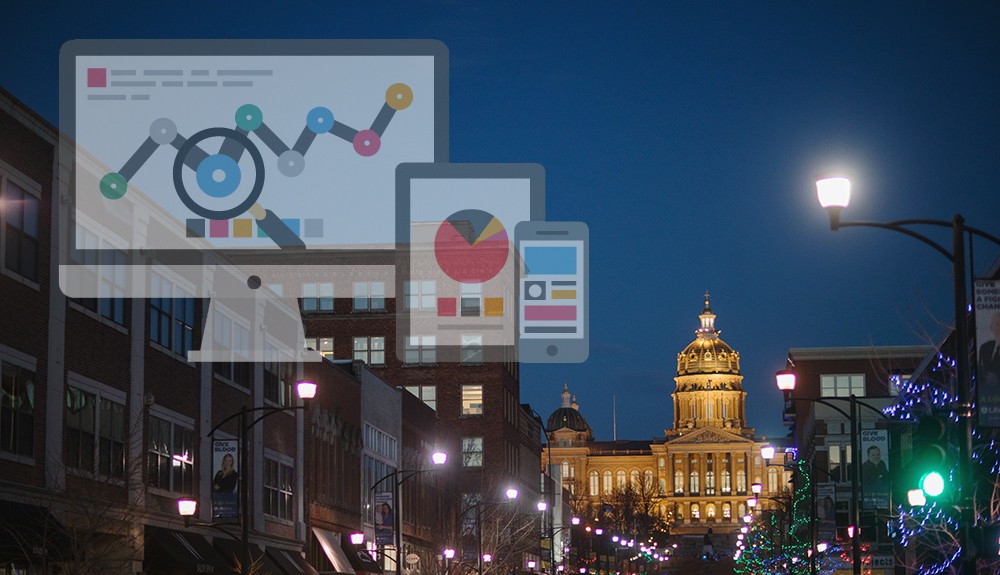Why the IE Rebrand Won't Change Web Design ... Yet

Last week, Microsoft marketing chief Chris Capossela announced Internet Explorer will be rebranded. And the Internet rejoiced.
#ripIE
They say time heals all wounds. But it’s apparent web designers and software engineers alike still can’t shake the sting felt by the first great browser war between Internet Explorer and Netscape Navigator nearly two decades ago.
Truth is, we're far from the days of painstakingly crafting browser-specific websites and writing dedicated messages like, “Best viewed in Internet Explorer 4.” So is retiring the Internet Explorer name the next great leap for web design?
Yes … but not quite yet.
Amid all the hype of Internet Explorer's demise, it seems people have forgotten that Internet Explorer 8 is used by more than 7 percent of people in the United States and almost 5 percent worldwide, according to data available on StatCounter.com.
That’s quite a lot of people – especially when you consider that Microsoft officially stopped supporting Windows XP, the last operating system packaged with Internet Explorer 8, on April 8, 2014.
NetMarketShare.com approximates 19 percent of people worldwide are still on Windows XP, down 11 percent since last April when it was around 30.
And in all likelihood, a majority of that user base is probably surfing the net with Internet Explorer 8 from their office cubicle because they’re forced to due to technological integrations within their company. It’s estimated almost 40 percent of business desktops run XP.
For a couple years now, well before the announcement of Microsoft’s “Project Spartan,” web influencers have been calling for designers and developers to expedite the end of Internet Explorer 8 by refusing to support it all together.
But are we really in a position to shun an entire group of users who may not be in control of what browser they’re using?
That’s pretty bold and a bit naive. The best thing to do is to make that decision based on past data from Google Analytics, or another web analytics service.
Instead of electing to ditch Internet Explorer 8 (or older browsers in general) from the onset of a project, do some digging and find out how people are accessing the site and what their needs are.
If it is a new project and that data isn’t available, research similar websites or even those of competitors. Or find out what the target audience is and get out and ask them.
It doesn't matter what the latest and greatest browser is if your users or your client's users are seeing your site on a legacy (outdated) browser.
What if your mechanic told you they wouldn’t fix your car because it had a motor that was different from all the other cars on the market?
As makers of the web, we have a responsibility to ensure everyone who types in the URL of a website we build has a good experience (not necessarily the same experience) — regardless of their Internet connection, mental or physical limitations, and yes, even regardless of their browser.
Keep tabs on declining IE8 usage each month by checking out: theie8countdown.com



